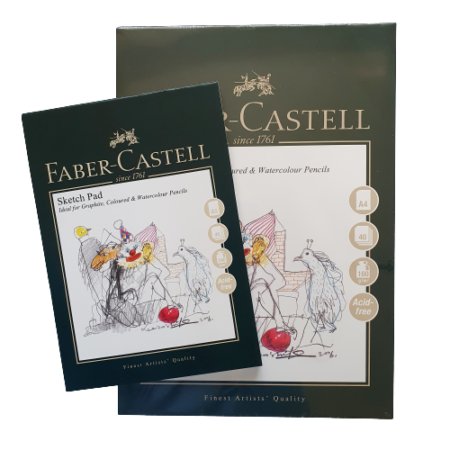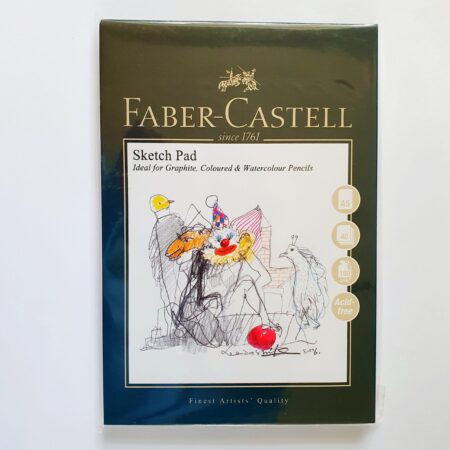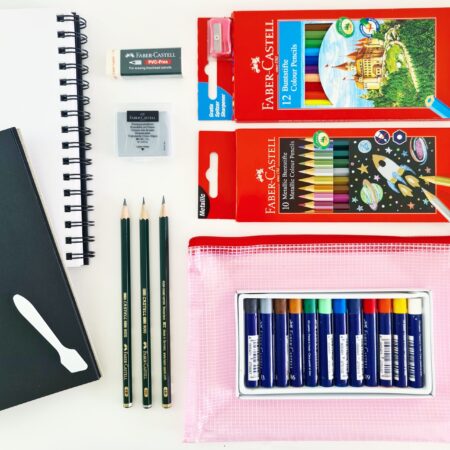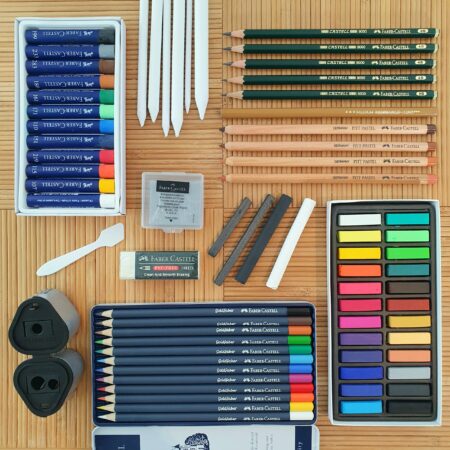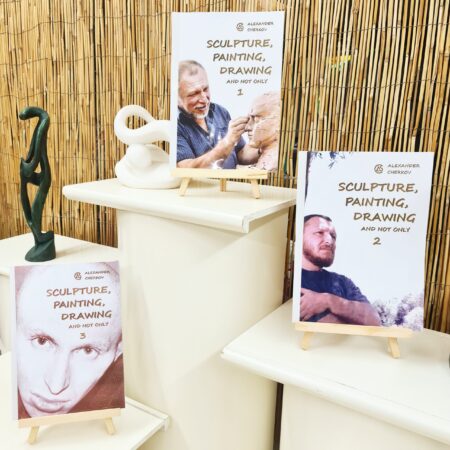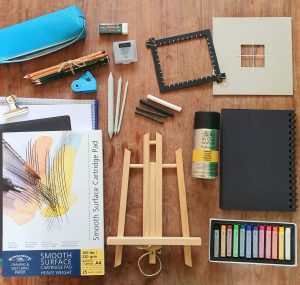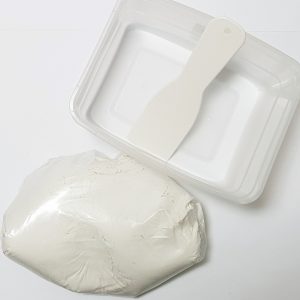Registration tips from Alexander Cherkov, from the book Introduction to the World of Art "Sculpture, painting, drawing and more"
It is very desirable to get to know the rules and principles of drawing, which were acquired by previous generations of artists. Many beginners (as I once had too), may have quite legitimate questions:
"Why study anatomy, proportions, rules that someone else has set, whether in art, and especially in modern art, the most important is the artist's personal artistic vision?"
"What is the knowledge of the rules for the artist?"
"Is it necessary in the world of contemporary art?"
In my opinion, the artist's 'knowledge of the rules' is like the plane's takeoff field. For a small amateur plane, a small plain will suffice to take off. But a serious airplane that strives to fly as high and as far as possible will need a wide, thorough and well-built runway. However, if the plane does not leave its takeoff field, it will be nothing more than a useless pile of metal and plastic that is not needed at all. Only in free flight can he fulfill his destiny.
Knowledge in drawing is a field of view for both color painting and sculpture. Therefore, it is highly recommended for anyone who paints or sculpts to know and practice the main principles of drawing.
First of all it is recommended to edit Familiarity with the materials and equipment used in registration - read »
Registration tips
A few tips in registration before starting with advanced listings and getting into the rules of listing. First of all, it is advisable to look at how we hold the pencil in our hand. This has a significant effect on the quality and possibilities of registration. Most of us are used to holding the pencil for writing purposes - close to the tip of the pencil. In this way, we apply pressure to the pencil and the page and the lines come out strong and engrave the page.
The first tip And perhaps most important for improving the drawing technique: developing the habit of holding the pencil parallel to the plane of the sheet of paper as in Figure 2, and not perpendicularly as in Figure 1.


This will allow pressure to be controlled on the pencil, prevent pressure on the paper and allow the eraser to work efficiently (Fig. 3).
In addition, this technique of holding the pencil will allow you to create shadows in the best way (Figure 4).


Tip Two: To achieve a different shading rating, use pencils with different hardness, instead of increasing the pressure on the pencil. Remember: the higher the pencil hardness, the lighter the tone (HB - light, darkening to B8).
Third tip: Choose a suitable eraser for the job. Hard vinyl eraser (Fig. 5) is not effective enough in drawing. Use a soft plasticine-like eraser (Fig. 6), called a charcoal eraser. With the help of the eraser you can delete and correct errors and also clarify shadows in the drawing in pencil. Same as when registering with coal.


Practice proper possession of a pencil in drawing
Using a 6B pencil, draw a three-dimensional drawing of a cone in three steps:
1. Without pre-marking the contours, create a cone-shaped shading.

2. Use a charcoal eraser to pinpoint the boundaries of the cone.

With a softer 3B pencil, strengthen the shade to achieve a greater volume effect.

Repeat the steps and draw cones, cubes, rolls, balls, etc. The ability to create the illusion of volume on a two-dimensional surface is the key to successful progress in the drawing technique.



This is what the artist thinks August Rodin In the topic:
"All great artists examine space. Just knowing the volume lies in their power. Remember one thing: there are no lines, there are only volumes. And when you paint, never think about the lines, and focus only on the area. After all, the area is what controls the contour."
And one more thing: do not stop painting because of mistakes - everyone makes them. As you progress in registration, you progress in the development of perception.
Recommended registry products
-
- out of stock
Registration kit for children
- ₪162
- Read more
-

